Physical Address
304 North Cardinal St.
Dorchester Center, MA 02124
Physical Address
304 North Cardinal St.
Dorchester Center, MA 02124
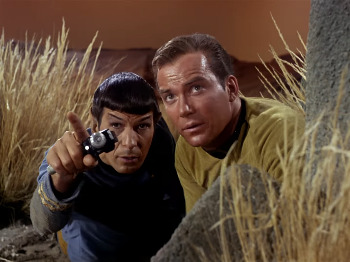
“Star Trek: The Original Series” launched its enduring legacy with “The Man Trap,” the first episode aired in Season 1. Introducing viewers to the USS Enterprise and its iconic crew, the episode centers around a mysterious planet and a deadly creature known as the Salt Vampire. The cast, featuring William Shatner, Leonard Nimoy, and guest star Jeanne Bal, set the tone for the unforgettable adventures that followed. This article explores the cast and highlights of “The Man Trap,” where to watch, episode details, and its connection to other key episodes like “The Enemy Within” for fans and newcomers alike.
“The Man Trap” is the very first episode of Star Trek: The Original Series to air, and it sets the tone with a mix of mystery and suspense. The story begins when Captain Kirk, Dr. McCoy, and others beam down to planet M-113 to check on two scientists, Robert and Nancy Crater. Things get strange quickly because Nancy, who was once McCoy’s old flame, appears differently to each person and has a deadly secret. Crew members start dying mysteriously, their bodies drained of salt, which leads to the discovery that Nancy is actually a shape-shifting creature that needs salt to survive.
The episode is notable for its early establishment of Star Trek’s values, like negotiation before violence and the teamwork between Kirk, Spock, and McCoy. It also has some classic moments, such as Spock’s rare emotional reactions and the crew’s clever investigation to uncover the truth behind the deaths. Despite some dated effects and a darker tone compared to later episodes, “The Man Trap” remains a memorable and chilling start to the series, blending sci-fi with a horror vibe that hooked viewers from the very beginning.
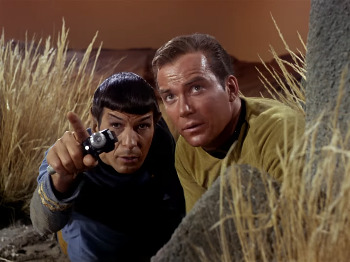
The cast of Star Trek: The Original Series episode “The Man Trap” features some of the most iconic actors from the show’s early days. William Shatner stars as Captain James T. Kirk, leading the Enterprise crew with his characteristic charm and decisiveness. Leonard Nimoy plays the logical and stoic Mr. Spock, whose interactions with other crew members, especially Uhura, highlight his unique Vulcan nature. DeForest Kelley shines as Dr. Leonard “Bones” McCoy, who is central to this episode’s story and brings emotional depth and humor to the role. Jeanne Bal guest stars as Nancy Crater, a key figure in the episode’s mystery, alongside Alfred Ryder as Professor Robert Crater. The supporting cast includes Grace Lee Whitney as Yeoman Janice Rand, George Takei as Lieutenant Sulu, and Nichelle Nichols as Lieutenant Uhura, all of whom contribute to the diverse and dynamic crew. This episode was the first to air and showcased the chemistry among the cast, especially between Shatner and Kelley, helping to establish the relationships that would define the series.
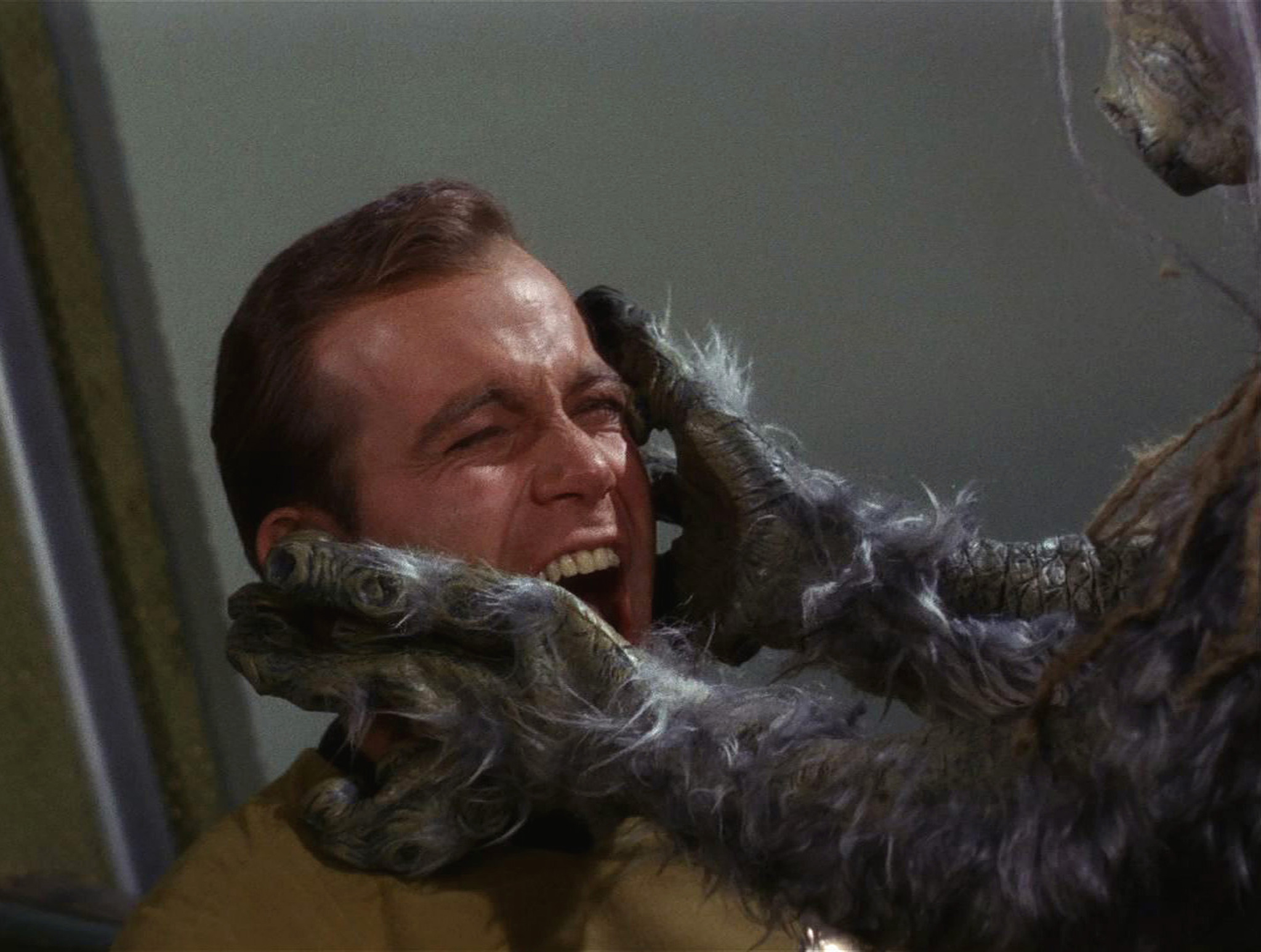
Star Trek: The Original Series episode “The Man Trap” is a classic and intriguing start to the franchise, featuring a mysterious shape-shifting creature that threatens the crew of the Enterprise. The story unfolds on planet M-113, where Captain Kirk, Dr. McCoy, and others investigate the deaths of crew members caused by a creature disguised as Nancy Crater, the wife of an archaeologist. This creature needs salt to survive and kills to obtain it, leading to tense and suspenseful moments as the crew tries to uncover the truth. The episode is notable for introducing key characters like Kirk, Spock, McCoy, Uhura, and Sulu, setting the tone for the series with a mix of mystery, science fiction, and character dynamics.
Despite some early production quirks, such as obvious stunt doubles and evolving character traits, “The Man Trap” remains a memorable and engaging episode. It combines clever camera work and special effects with a suspenseful plot that keeps viewers guessing. The interplay between Kirk and McCoy, especially given McCoy’s past connection to Nancy, adds emotional depth to the story. This episode laid the groundwork for many themes and character relationships that would define Star Trek’s enduring appeal.
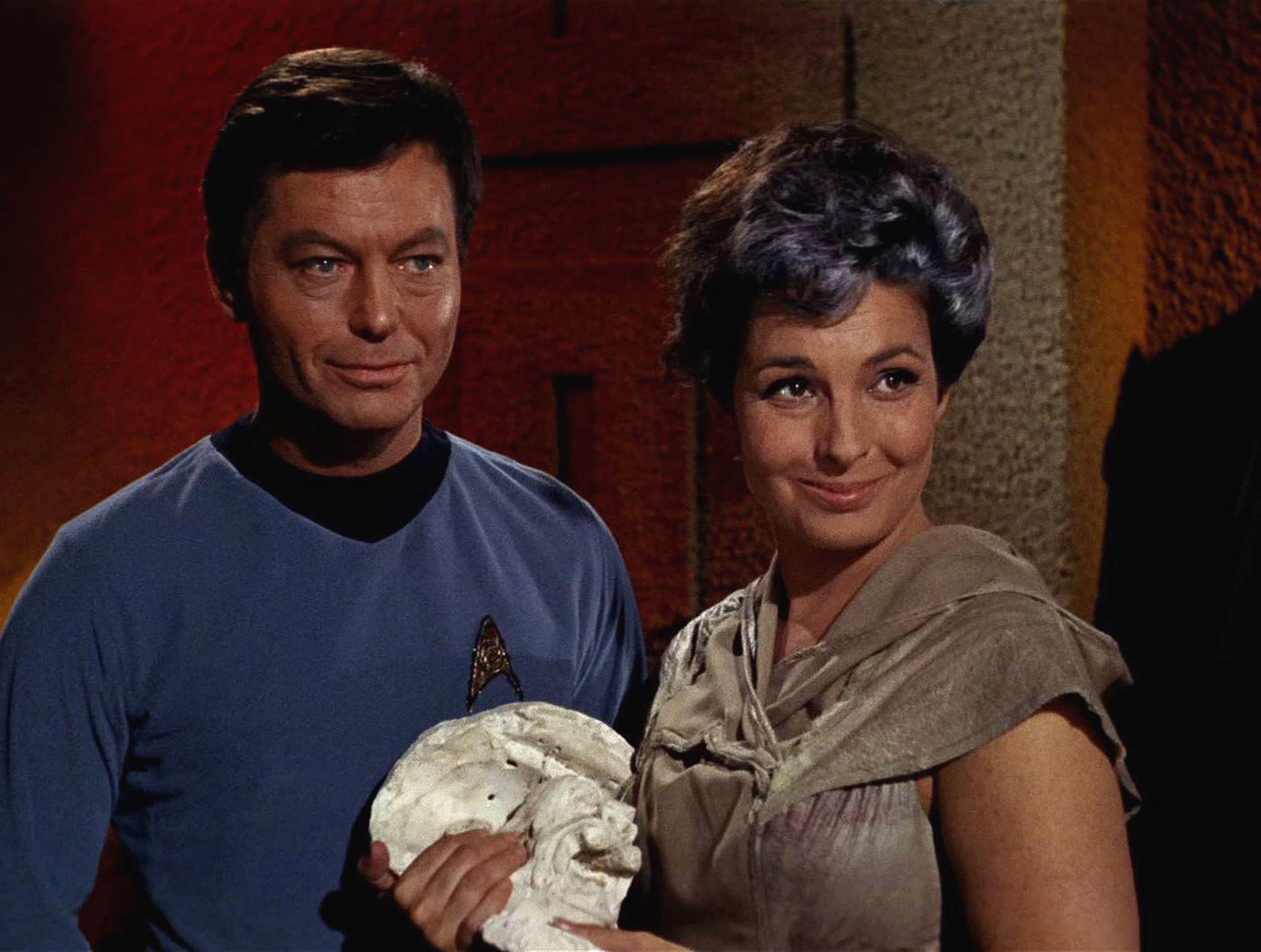
The first episode of Star Trek: The Original Series to air, “The Man Trap,” introduces viewers to the crew of the Enterprise as they visit planet M-113 to perform medical exams on two scientists living in isolation. The story quickly takes a suspenseful turn when crew members start dying under mysterious circumstances. The culprit is a shape-shifting alien creature that can appear as a beautiful woman, Nancy Crater, who was once romantically linked to Dr. McCoy. This creature needs salt to survive and kills by draining it from its victims, which adds a chilling twist to the plot.
What makes this episode memorable is its mix of sci-fi and horror elements, along with the early dynamic between Kirk, Spock, and McCoy. Despite being made in the mid-1960s, the visuals and storytelling still hold a certain charm, and it set the tone for the series with its blend of adventure and moral questions. “The Man Trap” also stands out for being the first episode broadcast, even though it was the sixth produced, chosen for its suspenseful vibe to grab the audience’s attention right away.
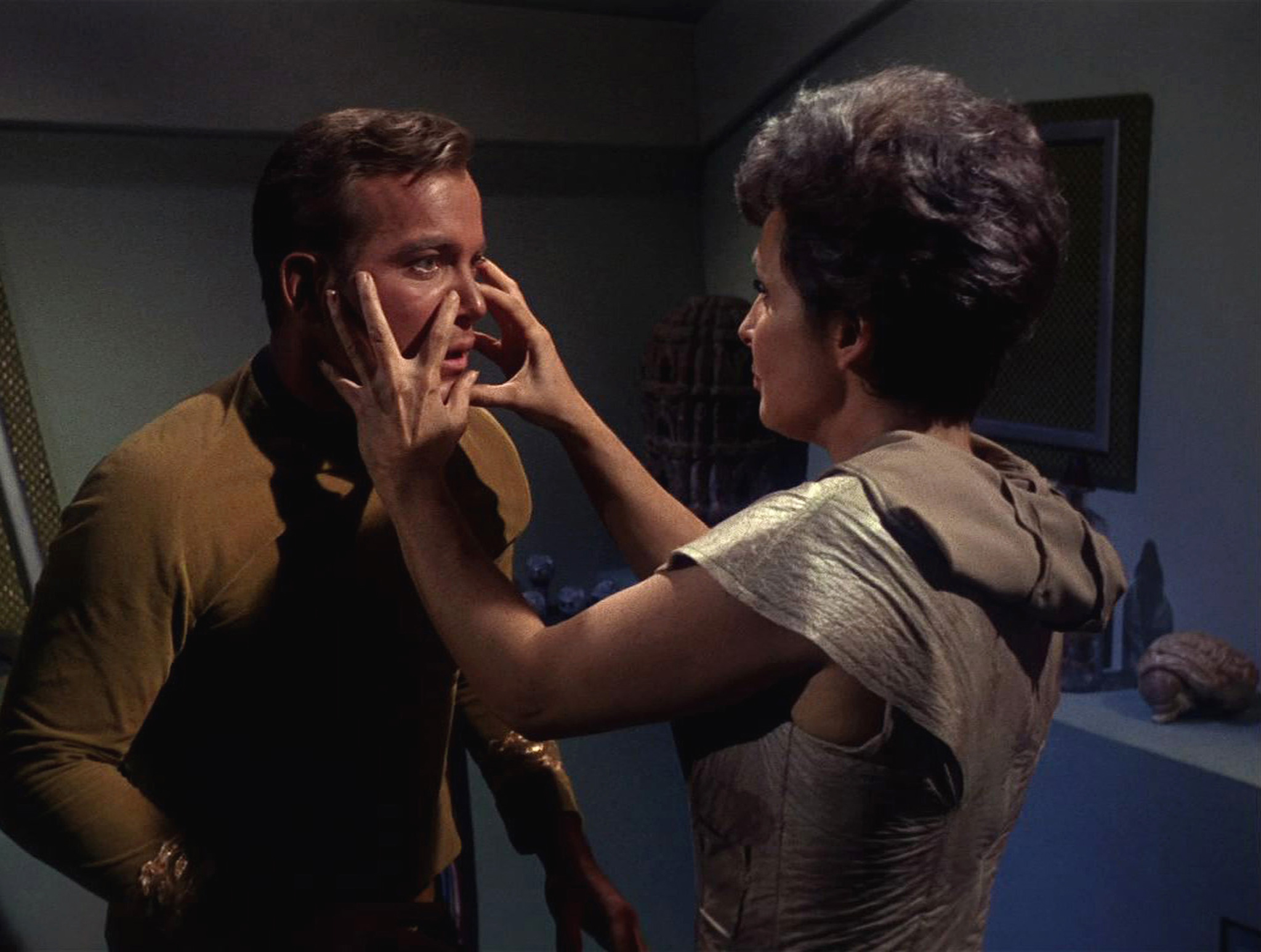
“The Man Trap” is the very first episode of Star Trek: The Original Series that aired, and it sets a fascinating tone for the show. The story revolves around the crew of the Enterprise visiting planet M-113 to perform routine medical exams on two scientists living there. Things take a dark turn when a shapeshifting creature, disguised as a woman named Nancy Crater—who also happens to be an old flame of Dr. McCoy—starts killing crew members to extract salt from their bodies, which it needs to survive.
The episode cleverly plays with perception, as each crew member sees a different version of Nancy, adding to the mystery. Captain Kirk, Spock, and McCoy work together to uncover the truth behind the deaths, combining science, logic, and diplomacy. Despite some early production quirks, like obvious stunt doubles, the episode is praised for its moodier, suspenseful storytelling and strong character dynamics, especially between Kirk and McCoy.
“The Man Trap” not only introduced audiences to the Star Trek universe but also established key themes like negotiation before violence and the complexity of alien encounters, making it a memorable and influential start to the series.
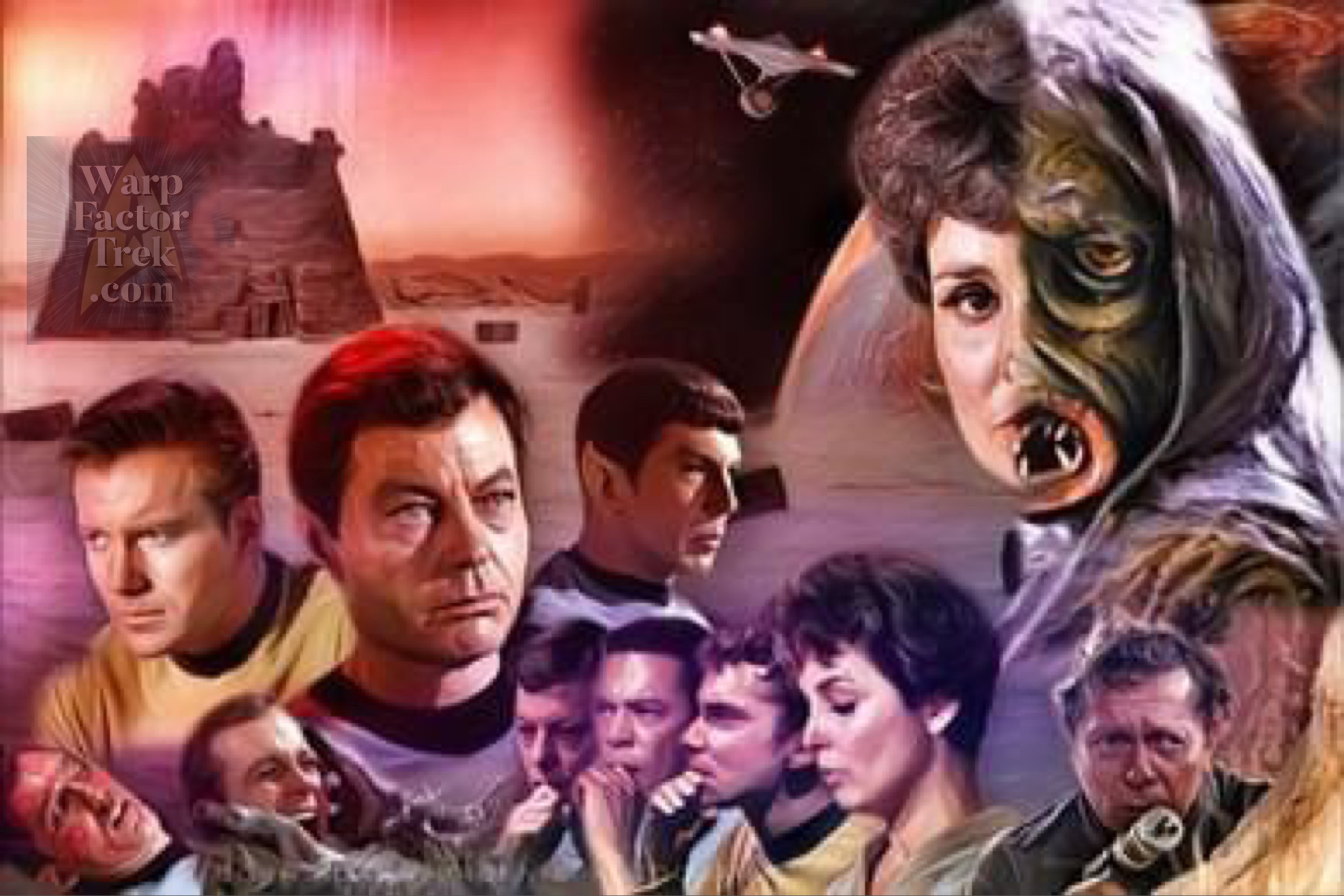
If you’re diving into Star Trek: The Original Series, starting with “The Man Trap” is quite the experience. This episode, the very first aired in 1966, sets a thrilling tone with a mix of mystery and sci-fi horror. The USS Enterprise crew visits planet M-113 to check on Professor Robert Crater and his wife, Nancy. But things quickly get strange when Nancy, who turns out to be an old flame of Dr. McCoy, reveals a deadly secret: she’s a shape-shifting alien that drains salt from its victims to survive. The tension builds as crew members start dying under mysterious circumstances, and the team must unravel the truth before more lives are lost.
What’s really engaging is how the episode blends character moments—like McCoy’s awkward reunion with Nancy—with suspenseful plot twists. The eerie atmosphere, combined with the classic 1960s special effects and the iconic Enterprise shots, makes it a memorable introduction to the series. “The Man Trap” not only hooked viewers back then but remains a fascinating watch for fans today, showcasing the early promise of Star Trek’s blend of adventure and ethical dilemmas.
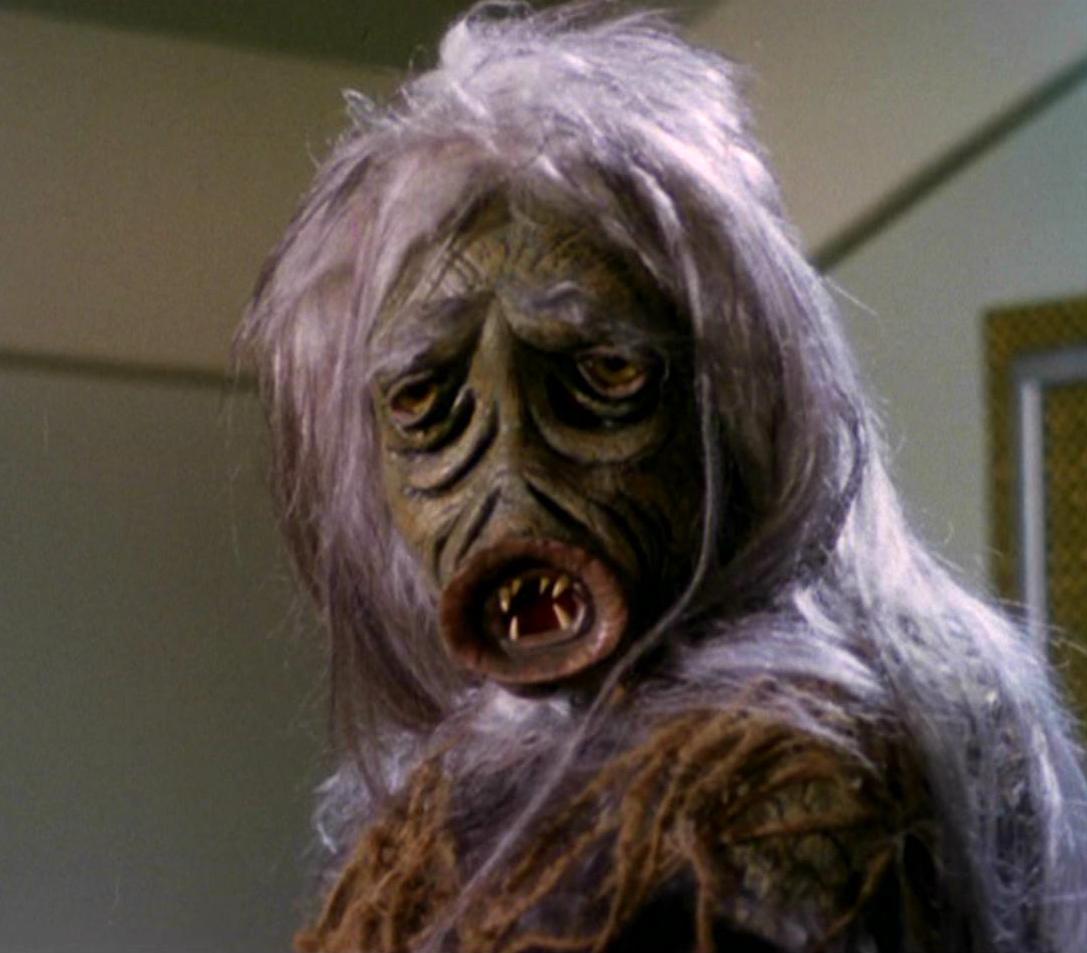
The “Salt Vampire” is the eerie creature featured in the very first episode of Star Trek: The Original Series, titled “The Man Trap.” This episode introduces us to the mysterious planet M-113, where the USS Enterprise crew encounters Dr. Robert Crater and his wife Nancy. But Nancy isn’t really Nancy—she’s a shape-shifting salt vampire, a creature that survives by draining salt from living beings, which makes it deadly to the Enterprise crew. As crew members start dying mysteriously from salt depletion, Dr. McCoy grows suspicious and digs deeper. The salt vampire can mimic the appearance of others, making it a tricky and dangerous foe. Captain Kirk and McCoy work together to uncover the truth and stop the creature before more lives are lost. This episode blends suspense, mystery, and sci-fi in a way that set the tone for the entire series, introducing viewers to a unique and haunting alien threat driven by survival instincts rather than pure malice.
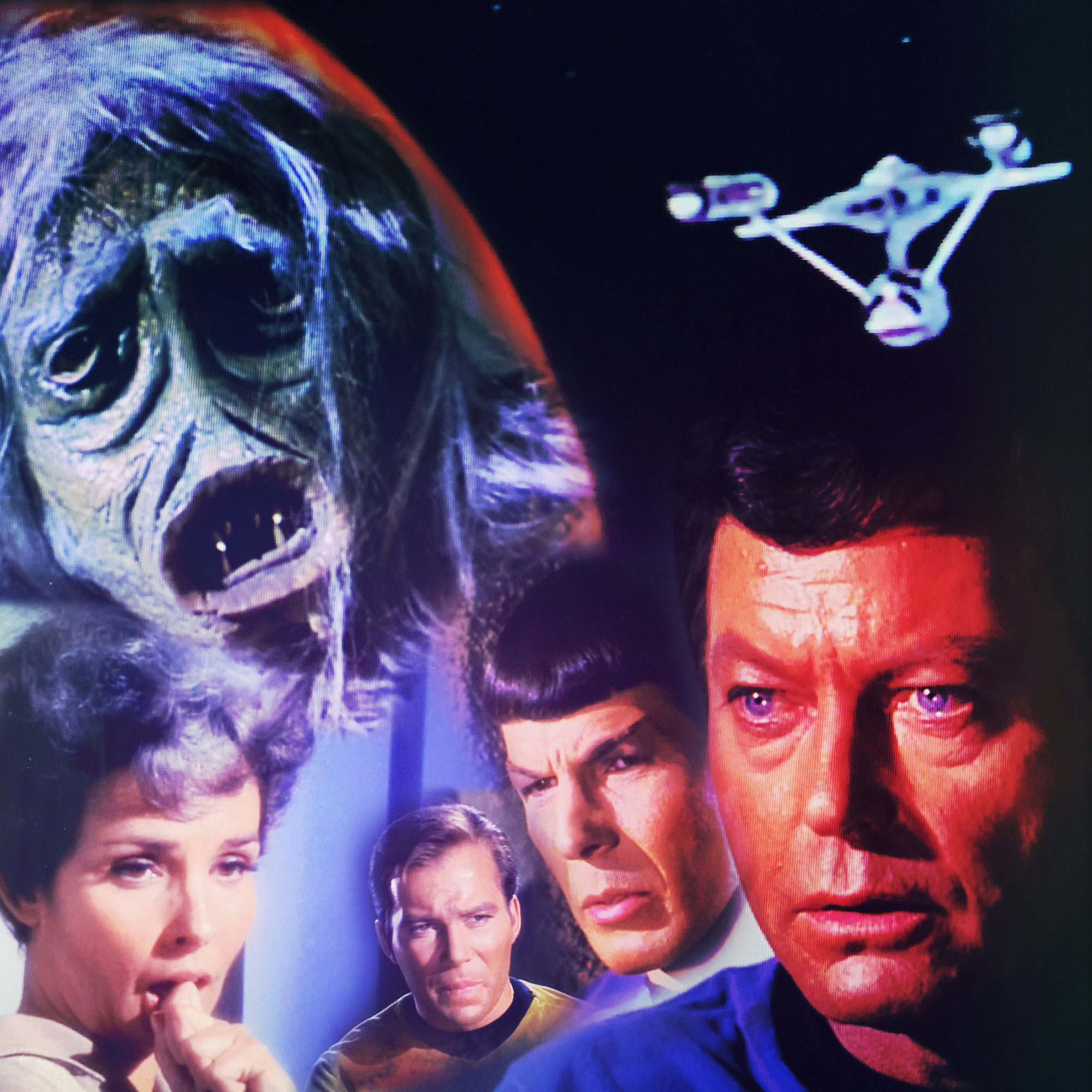
Jeanne Bal was an American actress born on May 3, 1928, in Chicago, Illinois. She became known primarily for her work in television during the 1960s, with notable appearances in popular shows like Star Trek (1966), Perry Mason (1957), and I Spy (1965). Raised in California, she was the daughter of Joseph Peter Bal, a scenic designer, and Bessie Lee Bal. Before acting, she spent some time working as a fashion model, which helped launch her career in entertainment.
Jeanne’s personal life included two marriages: first to Ross Bowman, a stage manager, and later to attorney Edward Richard Lee, with whom she had a son named Michael. She remained married to Edward until his passing in 1992. Sadly, Jeanne Bal passed away on April 30, 1996, just days before her 68th birthday, due to metastasized breast cancer. Her legacy lives on through her memorable television roles and the impact she made during her career in classic American TV.
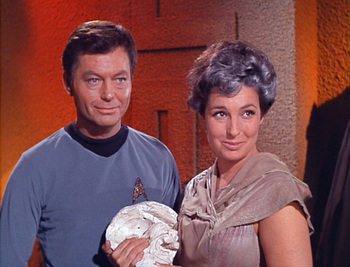
The first episode of Star Trek Season 1, titled “The Man Trap,” features a core cast that would become iconic in science fiction television. William Shatner stars as Captain James T. Kirk, the confident and decisive leader of the USS Enterprise. Leonard Nimoy plays Spock, the logical and half-Vulcan science officer, whose unique perspective adds depth to the crew. DeForest Kelley appears as Dr. Leonard “Bones” McCoy, the ship’s chief medical officer, known for his compassionate yet sometimes gruff demeanor.
Supporting the main trio are James Doohan as Montgomery “Scotty” Scott, the skilled chief engineer who keeps the ship running smoothly, and Nichelle Nichols as Lieutenant Nyota Uhura, the communications officer who broke new ground as one of the first African-American women in a major TV role. George Takei plays Lieutenant Hikaru Sulu, the helmsman, bringing calm and precision to the bridge. Majel Barrett, who had appeared in the original pilot as Number One, returns as Nurse Christine Chapel, assisting Dr. McCoy. Grace Lee Whitney rounds out the main cast as Janice Rand, Captain Kirk’s yeoman, adding a personal touch to the crew dynamics.
This ensemble set the tone for the adventurous spirit and camaraderie that defined Star Trek from the very beginning.
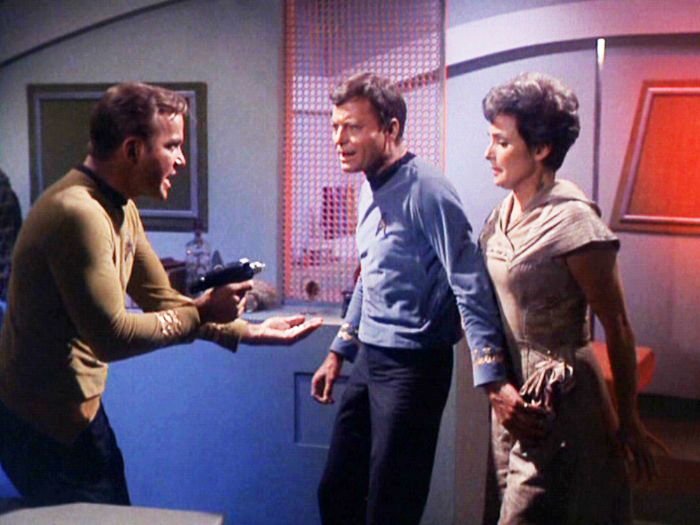
The phrase “The Enemy Within” carries a powerful meaning that goes beyond just a catchy title. It refers to the idea that sometimes the biggest threats we face don’t come from outside forces but from inside ourselves or our own communities. This hidden enemy can take many forms—like internal doubts, moral struggles, or even corruption within a society or organization. Because it’s often disguised or subtle, it can be much harder to spot and fight than a clear external threat.
In literature, such as Tim Ayliffe’s novel The Enemy Within, this concept is explored through a gripping story where the protagonist uncovers a dangerous conspiracy threatening his country from the inside. It’s a thrilling reminder that enemies don’t always wear obvious faces, and sometimes the fight is against unseen forces working quietly in the shadows.
On a personal level, the enemy within can also describe those moments when we act against our better judgment or struggle with emotions we don’t fully understand. Recognizing and managing this internal conflict is key to growth and accountability, helping us align our actions with our values rather than letting hidden impulses control us.
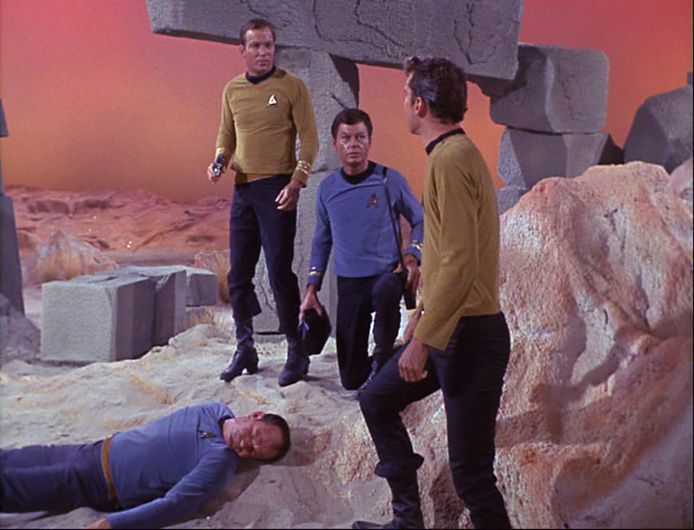
In conclusion, “The Man Trap” serves as a captivating introduction to the Star Trek universe, blending science fiction with profound ethical dilemmas. Through its exploration of desire, survival, and the consequences of choices, the episode challenges viewers to consider the complexities of human nature. The character of the salt vampire illustrates the often blurry line between predator and prey, highlighting the need for empathy and understanding in the face of fear. As the crew of the USS Enterprise grapples with their moral responsibilities, “The Man Trap” sets the tone for the rich storytelling and philosophical questions that define the series.